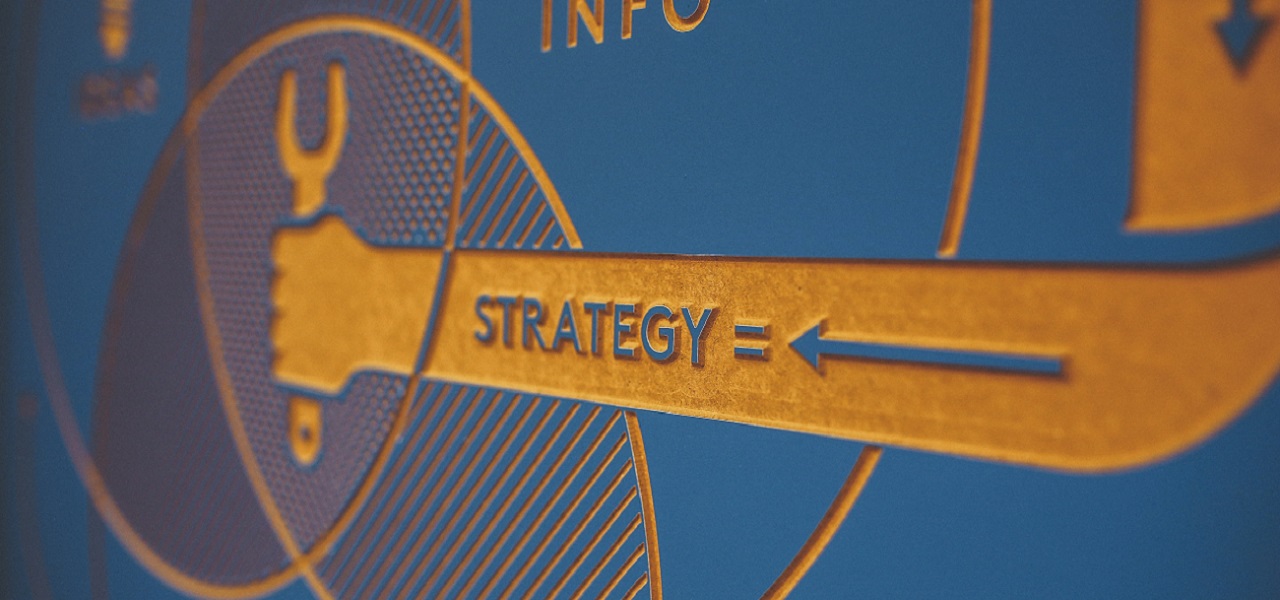Business Tax Strategy Despite its apparent repercussions, the COVID-19 pandemic is moving industries forward through internal technology and client engagement. In particular, for corporate Business Tax Strategy departments, remaining functional means taking giant leaps instead in tax software instead of incremental steps. However, current technology isn’t an all-purpose solution to department problems that still require some strategizing.
What Problems are Corporate Tax Departments Facing?
Notwithstanding its unmistakable benefits, many Business Tax Strategy department leaders continue to place new technologies on the back burner for fear of cutting too deep into their budget. Though a necessary component for pandemic success, tax departments are having trouble integrating and optimizing automation processes.
Business Tax Strategy department heads are overlooking a need to evolve its technology ecosystem according to growing business needs. Some purchase new equipment and software for Business Tax Strategy preparers without making a deliberate effort to integrate them.
The current average spends on new technology accounts for 10% of tax department budgets, yet leaders fail to strategize them.
What Comes After Selecting the Right Technology?
State-of-the-art technology serves no purpose if departments don’t know how to use them. The journey doesn’t start and end with the selection and purchase of new hardware or software.
When it comes to delivering on a department’s objectives, technology is a mere enabler. Doing without a strategy is a recipe for disaster. Beyond selecting the appropriate solutions, managers need to commit to learning about these products and implementing new business processes as the technology evolves.
Determining how useful a tool can be means understanding your staff’s skills and how they interact with new technologies. Get to know your company culture before shopping for new Business Tax Strategy. Familiarizing yourself with how your employees tolerate and respond to change can inform your choice.
More sophisticated tools don’t guarantee a shot to success. The less training and investment your department makes up-front, the less likely the tool will meet your business needs over time.
How Your Business Should Approach New Tax Technology
The first step towards incorporating new tax software into your department is to know how it’s performing, to begin with. Sometimes, new technology is unnecessary. Other times, it’s the keystone to success.
Align your goals according to what this new software promises to achieve. If you’re delegating too much of your workforce towards administrative tasks that can easily be automated, software with paperless office capabilities might be appropriate.
Always get organized before you start. This means gathering your year-end Business Tax Strategy forms and glossing over relevant reports. If you’re already employing specific financing tools, make sure to update information as you import them into your new software.
Conclusion
The answer to seamless pivoting and adapting is preparing for the worst well in advance. This isn’t to say your expectations should plummet, but that you have a contingency plan in place for unexpected changes. Your Business Tax Strategy computing and preparation software is only going to be as good as the person behind it. To increase accuracy and ease complexity, get to know your tools before distributing them.
With Keystone Tax Solutions, financial recovery is right around the corner. Our professional tax preparer software is intuitive, simple, and comprehensive. Whether you run a department of 50 or 500, our unlimited software training can help satisfy your immediate goals.


